90/60 blood pressure meaning 898986-90/60 blood pressure means
Normal Lower than 80 Stage 1 hypertension 80 Stage 2 hypertension 90 or more Hypertensive crisis 1 or more Call 911 Our chart below has more details Even ifWhat does a blood pressure reading of 90/60 mean? Should get a home blood pressure monitor and check it yourself to see if that is your normal Only significant when a person's blood pressure is higher, and they come in ill with a low blood pressure That can mean dehydration, severe infection, some heart problems and

Blood Pressure Range Chart Vaughn S Summaries
90/60 blood pressure means
90/60 blood pressure means-A reading under 90/60 mm Hg indicates low blood pressure Low blood pressure is defined by a blood pressure reading of 90/60 mm Hg or lower, but a reading this low isn't necessarily a cause for concern It becomes a concern if you start to exhibit symptoms of dizziness, shortness of breath, or fainting; Healthy 90/60 is healthy unless you've just been shot General rule lower is better If you're dizzy (a few seconds of dizziness when you first stand up doesn't count), perhaps the BP is bit too low If the 90/60 is "natural", it's very good If it's due to BP meds, they could be reduced a bitMany very healthy young people normally run bps of 90/60




Learn About Low Blood Pressure Hypotension Symptoms Like Dizziness Lightheadedness Fainting Nausea Vomiting And Chest Pain See Blood Pressu Pinteres
Blood pressure 90 over 70 in secondary hypotension indicate the presence in the body of the underlying pathology, for example hypotension Often accompanied by socalled crises, in which the pressure can plummet to levels 60 and 90 below The person may experience nausea, severe dizziness until passed 90/60 blood pressure can also be read as 90/60 mm Hg, or 90/60 millimeters of mercury The 90 mm Hg Systolic refers to the pressure in the arteries when the heart beats, and the 60 mm Hg Diastolic is the pressure in the arteries between heartbeats A blood pressure reading of 90/60 indicates Hypotension (Low Blood Pressure) Blood pressure category 90 or below 60 or below hypotension 91 to 119 61 to 79 normal between 1 and 129 and below 80 elevated between 130 and 139 or between 80 and stage 1
150/90 is the new 'normal BP' for people over 60 Adults aged 60 or older should only take medication if their blood pressure exceeds 150/90, which sets a higher bar for treatment than the currentUse our blood pressure chart to learn what your blood pressure numbers mean Systolic, diastolic?Diastolic pressure – the pressure when your heart rests between beats For example, if your blood pressure is "140 over 90" or 140/90mmHg, it means you have a systolic pressure of 140mmHg and a diastolic pressure of 90mmHg As a general guide ideal blood pressure is considered to be between 90/60mmHg and 1/80mmHg
Blood pressure is the force of blood against the arteries An individual should maintain a normal blood pressure from 90 – 1 / 60 – 80 mm Hg Blood pressure is given by two numbers, with one above or before the other – 1/801 – This is called systolic pressure and 80 – This is called diastolic pressureThe 90 mm Hg Systolic refers to the pressure in the arteries when the heart beats, and the 61 mm Hg Diastolic is the pressure in the arteries between heartbeats When determining if 90/61 is a good blood pressure, we looked at the American Heart Association's blood pressure chart belowReadings at or below 90/50 usually indicate low blood pressure or what is called Hypotension What this means is the blood pressure in your arteries is lower than what is considered normal What this means is the blood pressure in your arteries is lower than what is considered normal
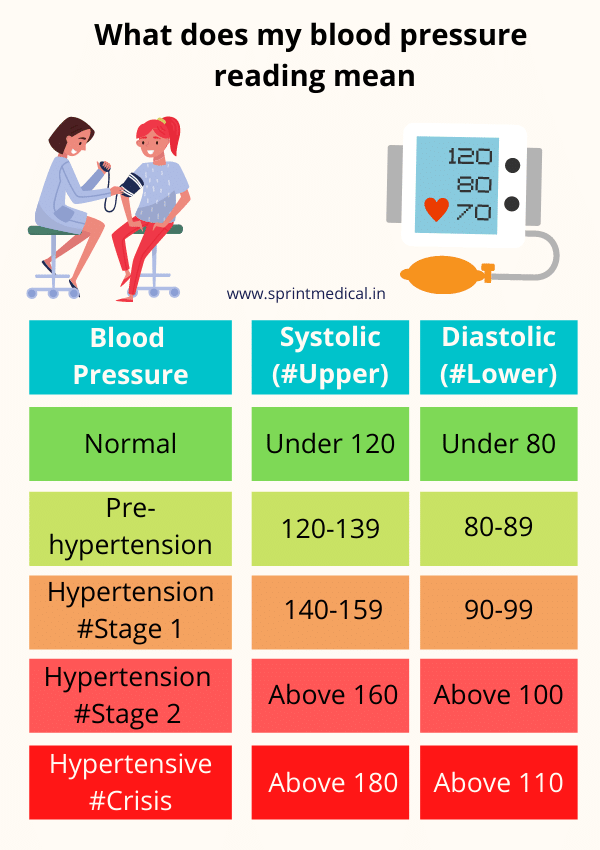



What Does My Blood Pressure Reading Mean Blog Sprint Medical




Low Blood Pressure Precautions And Ways To Manage It
Readings at or below 90/60 usually indicate low blood pressure or what is called Hypotension What this means is the blood pressure in your arteries is lower than what is considered normal However, there's usually no need to be concerned about low blood pressure unless you're experiencing dizziness, fainting, nausea or fatigueWhile your blood pressure is the force of your blood moving through your blood vessels, your heart rate is the number of times your heart beats per minute They are two separate measurements and indicators of health For people with high blood pressure (HBP or hypertension), there's no substitute for measuring blood pressureMAP = 2/3 x 90 1/3 x 1 = 60 40 = 100 mmHg MAP interpretation This is an indicator widely used as a blood pressure target along with systolic blood pressure in clinical guidelines It is demonstrated that the use of blood pressure targets improves outcome in conditions such as hypertension, trauma or stroke



6anarxaetibwom




Blood Pressure A Health Indicator
Low blood pressure (hypotension) occurs when blood pressure drops below the normal range Doctors generally define low blood pressure as 90/60 mm Hg or below, commonly said as "90 over 60" Usually, doctors only treat hypotension if it is severe enough to cause symptoms Low blood pressure can be temporary, or it can be a chronic (long Low blood pressure is a reading below 90/60 mmHg Most forms of hypotension happen because your body can't bring blood pressure back to normal or can't do it fast enough For some people, low blood pressure is normal They have itThe National Heart, Lung, and Blood Institute define low blood pressure as under 90/60 mm Hg Symptoms It is possible to have low blood pressure without any symptoms



1




Systolic Top Diastolic Middle And Mean Bottom Arterial Pressures Download Scientific Diagram
If this happens, you should seek medical Normal blood pressure is defined when the top number (systolic) is less than 1 mm Hg and the bottom number is under 80 mm Hg Anything less than 90 over 60 is considered low, but low doesn't always mean unhealthy or dangerousIf the blood pressure is 90/60 (90 over 60), it means that the systolic pressure is 90 and the diastolic pressure is 60 90/60 blood pressure can also be read as 90/60 mm Hg, or 90/60 millimeters of mercury The 90 mm Hg Systolic refers to the pressure in the arteries when the heart beats, and the 60 mm Hg Diastolic is the pressure in the arteries between heartbeats




Worthless Blood Pressure Off It S A Justification Appropriate For Bite 108 Over 60 Blood Pressure Mean




Blood Pressure Chart By Age Daily Healthgen Normal Max 9060 1 To 12 Months 7550 9565 8055 To 5 Years 9060 6 To 13 Years 181 14 To
The Mean Arterial Pressure (MAP) calculates mean arterial pressure from measured systolic and diastolic blood pressure values This is an unprecedented time It is the dedication of healthcare workers that will lead us through this crisis Synopsis Blood pressure chart by age reveals if adults and children have high, low, or healthy average blood pressure range for their ageSystolic Pressure is the blood pressure reading when your heart beats This reading is always the the first or top number Diastolic Pressure is blood pressure measurement when your heart relaxes In general, low blood pressure is defined as 90/60 mmHg or less, according to the National Heart, Lung, and Blood Institute A quick refresher on blood pressure readings The top number (systolic) represents how much pressure your blood is placing on your artery walls when the heart beats




What Your Blood Pressure Should Be According To Your Age
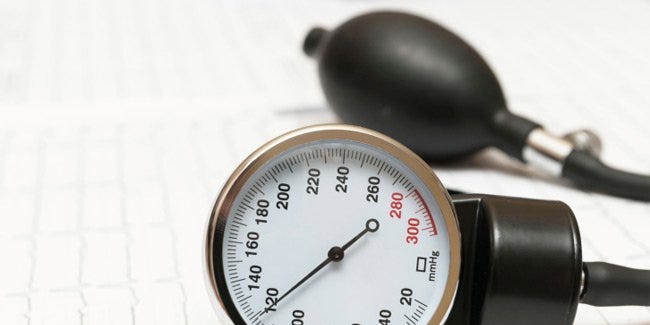



How To Interpret Blood Pressure Readings Men S Health
While there is no precise cutoff point for low blood pressure, the National Heart, Blood, and Lung Institute (NHBLI) consider low blood pressure to be anything below 90/60 mm Hg In In a blood pressure reading, the number on top represents your systolic blood pressure and the number on bottom represents your diastolic blood pressure 1/80 mm Hg is considered normal for healthy adults 90/60 mm Hg or below is considered low blood pressureYour blood pressure consists of two numbers systolic and diastolic Someone with a systolic pressure of 117 and a diastolic pressure of 78 has a blood pressure of 117/78, or "117 over 78" Blood pressure that is too high increases your risk for heart attack and stroke Your blood pressure should be less than 140/90 ("140 over 90")
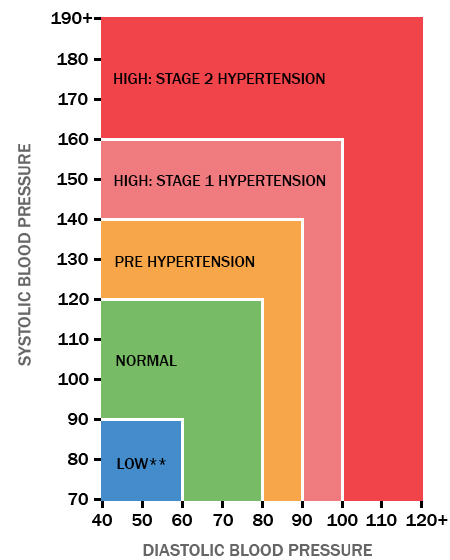



Bp Calculator
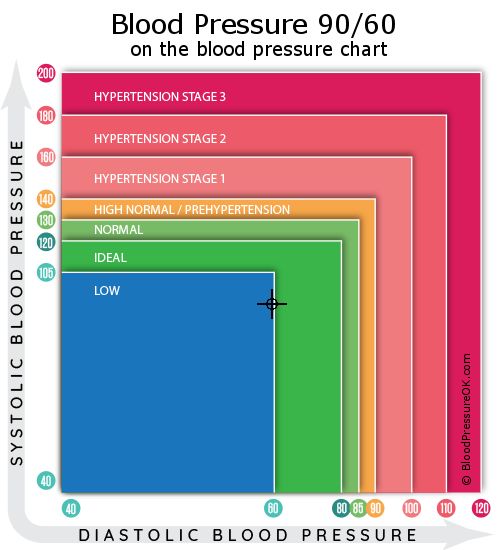



Blood Pressure 90 Over 60 What Do These Values Mean
By asking a practice nurse or GP to do it at home yourself using a home blood pressure monitor – Blood Pressure UK has information about choosing a blood pressure monitor Low blood pressure is a measurement of less than 90/60mmHg Low Blood Pressure Range According to Mayoclinic, Low blood pressure, or hypotension, is the condition of having a blood pressure with a systolic value below 90 mm Hg or a diastolic value below 60 mm Hg A rapid decrease in one's BP can be dangerous (60/40 mm Hg), just a mm Hg drop in either systolic or diastolic pressure is sufficient toThe American Heart Association helps you understand the various levels of blood pressure and how high blood pressure or hypertension is defined Also learn about prehypertension, hypertension, hypertensive crisis, and what is a healthy blood pressure



Is It Normal To Have 90 70 Blood Pressure All The Time If Not How Do You Prevent It Quora




Main Events Smoothed Mean Arterial Blood Pressure Bp Mmhg Bold Download Scientific Diagram
On the other hand, the blood pressure for pregnant women may fluctuate But the average level is more or less the same as any adult's readings Doctor may determine it as hypertension when the bp result is 140/90 mm Hg or higher Blood Pressure Reading Chart Below is a blood pressure reading chart for you Normal blood pressure is defined when the top number (systolic) is less than 1 mm Hg and the bottom number is under 80 mm Hg Anything less than 90 over 60 is considered low, but low doesn't always mean unhealthy or dangerous Sometimes there are While there is not an accepted standard hypotensive value, pressures less than 90/60 are recognized as hypotensive Hypotension is a relatively benign condition that is underrecognized mainly because it is typically asymptomatic
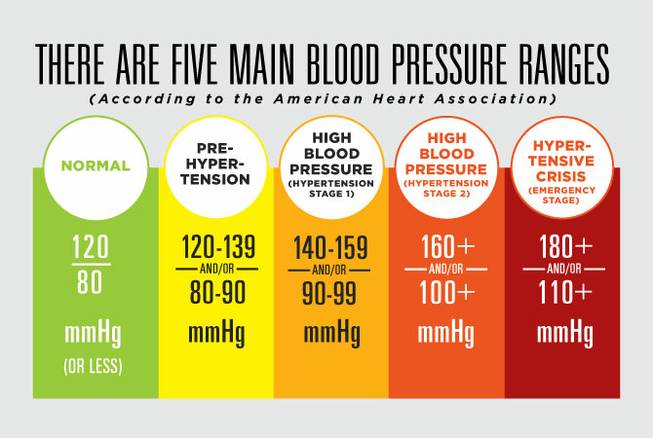



Understanding The Highs And Lows Of Your Blood Pressure Reading Mountainview Hospital




Blood Pressure Chart 100 Over 60 What Make Out The Numbers Mean
However, the percentage rose again to 45% in 17–18 7 One study found that in 1718, only 58% of adults under the age of 40 were aware they had high blood pressure 7 As of 18, 45% of US adults had high blood pressure, including 51% of men and 40% of women That included 22% of adults aged 18 to 39, 55% of adults aged 40 to 59 This theory explains the increase in blood pressure in humans from birth to adulthood, the higher high blood pressure in taller than shorter individuals and the progressive increase in blood pressure as the length of the Giraffe's neck grows with aging (see Fig 141) This theory suggests that the cardiocranial distance is a major factorIf you have just had a blood pressure exam and your blood pressure is 90/60, it is very likely that you have low blood pressure, which is also known as hypotension It is important to remember that many factors affect your blood pressure level, and such a reading can be completely normal for you, if you have no symptoms of low blood pressure




What Are Normal Blood Pressure Ranges By Age For Men And Women Chart Readings For Low Normal And High Bp




Understanding Blood Pressure Ultimate Bp By Age Chart Vive Health
Below is a blood pressure chart by age A blood pressure monitor that shows systolic, diastolic reading and the pulse The reading in this screen is presented as 1/75 Blood Pressure Chart Systolic BP and Diastolic BP This blood pressure chart by age can offer you a referrence when you need to find out what your own blood pressure means This unit is abbreviated as mm Hg A normal reading would be any blood pressure below 1/80 mm Hg and above 90/60 mm Hg in an adult If you're in the normal range, no medical intervention isThis is not high blood pressure, but it is a little higher than it should be and means you could go on to develop high blood pressure See how you can make healthy changes to your lifestyle to lower it • 90/60mmHg up to 1/80mmHg – ideal blood pressure Also called normal blood pressure Your blood pressure reading is healthy
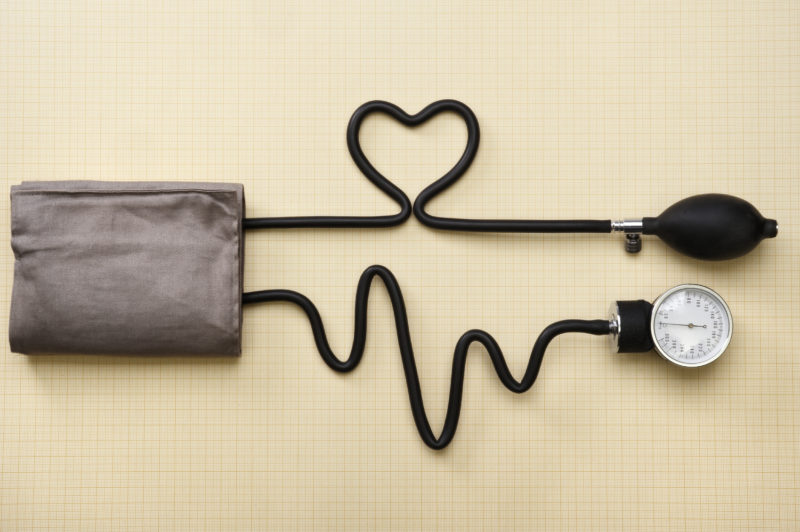



Blood Pressure For Runners Ukrunchat




Learn More About How Blood Pressure Changes With Age Here
Your blood pressure What blood pressure readings mean As you can see from the blood pressure chart, only one of the numbers has to be higher or lower than it should be to count as either high blood pressure or low blood pressure 90 over 60 (90/60) or less You may have low blood pressure More on low blood pressureOverall, older adults should aim for lower blood pressure numbers but a blood pressure reading of 90/60 mm Hg or lower is considered too low (hypotension) Excessively low blood pressure may cause dizziness or fainting, and increase the risk of falls If your blood pressure is lower than 90/60, you have low blood pressure, or hypotension You may feel lightheaded, weak, dizzy, or even faint Low blood pressure can be caused by not drinking enough liquids (dehydration), blood loss, some medical conditions, or too much medication Some high blood pressure risks you can't change
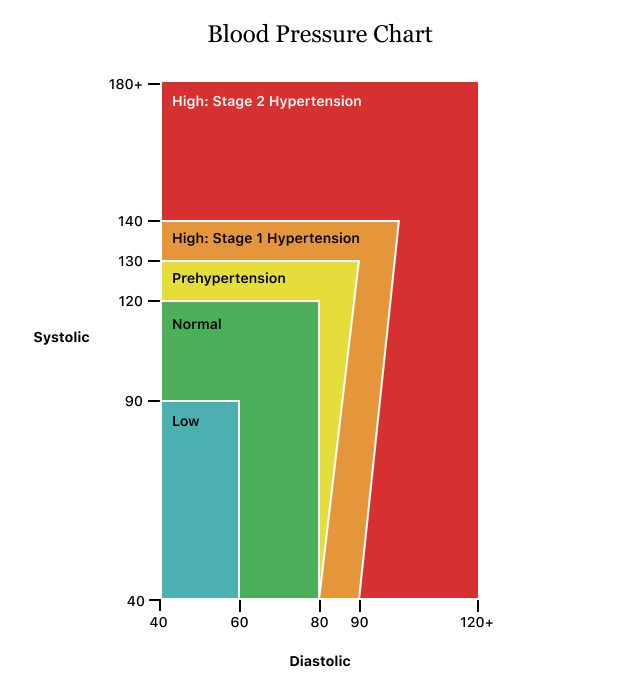



Low Blood Pressure Hypotension Symptoms Treatment
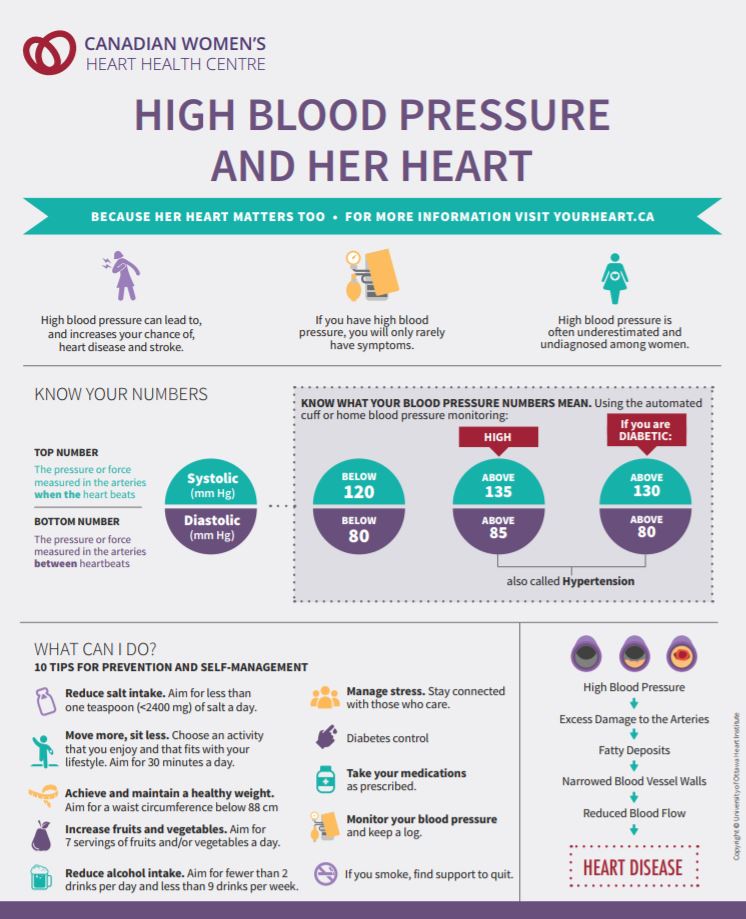



Blood Pressure Women S Heart Health Centre
High blood pressure can cause the arteries that supply blood and oxygen to the brain to burst or be blocked, causing a stroke Brain cells die during a stroke because they do not get enough oxygen Stroke can cause serious disabilities in speech, movement, and other basic activities A stroke can also kill you
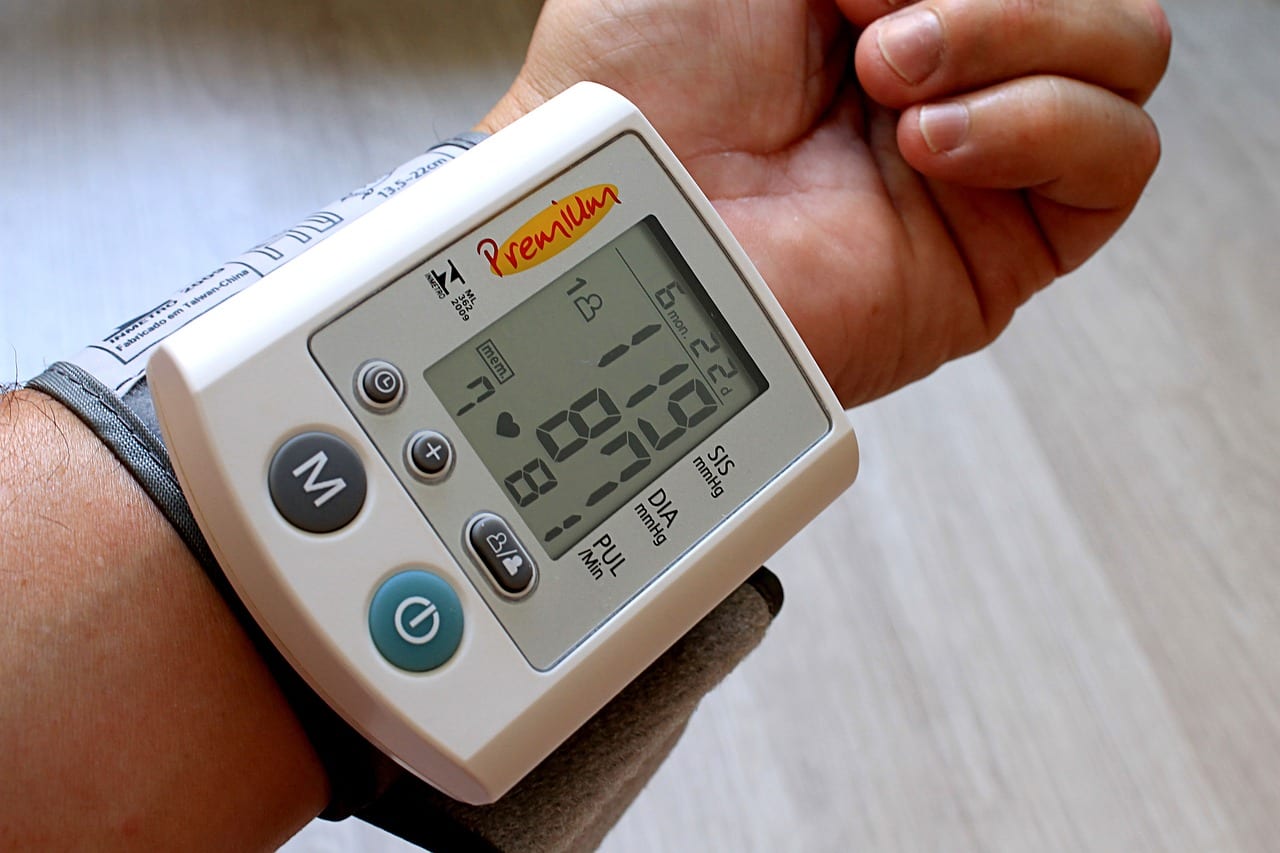



Hypertension Vs Hypotension The Highs And Lows Of Blood Pressure Mibluesperspectives




Learn About Low Blood Pressure Hypotension Symptoms Like Dizziness Lightheadedness Fainting Nausea Vomiting And Chest Pain See Blood Pressu Pinteres
/doctor-taking-patients-blood-pressure-724238207-5a7349ca119fa800371487b1.jpg)



Blood Pressure How It Works Measuring Importance Maintenance




What The New Blood Pressure Guidelines Mean For Older Adults
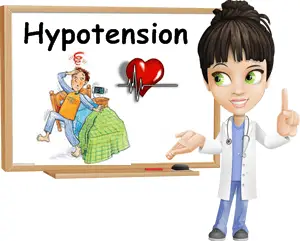



Low Blood Pressure Symptoms Causes And Treatment Natureword




Pin On World Heart Day Make A Healthy Choice For An Healthy Heart




Low Blood Pressure In Elderly People Vital Facts To Know




Blood Pressure Chart Pdf Blood Pressure Hypertension



60 Over 40 Blood Pressure Blood Lean On To Come End




What Is Low Blood Pressure And Is It Harmful Carrington College




Blood Pressure Range Chart Vaughn S Summaries
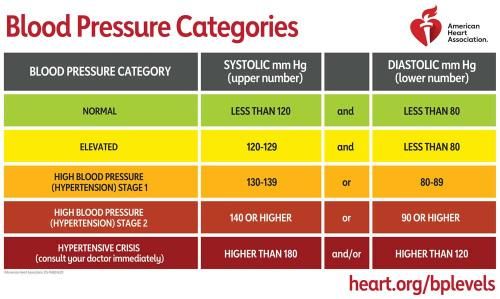



Why Your Blood Pressure Matters Beebe Healthcare




What Is A Normal Range Of Blood Pressure




6 Ways To Naturally Lower Blood Pressure
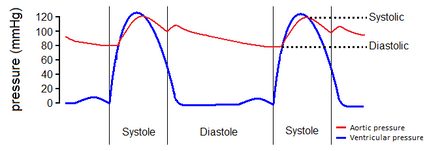



Map Calculator Mean Arterial Pressure Formula
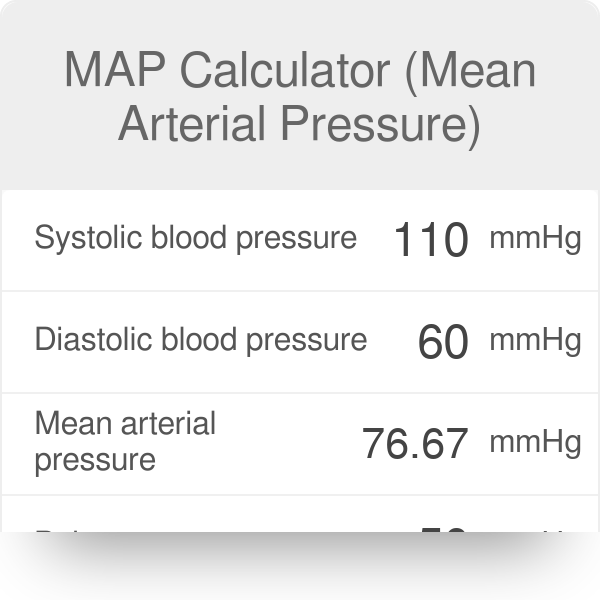



Map Calculator Mean Arterial Pressure Formula




Cardiology 101 What Does Blood Pressure Really Mean Mather Hospital
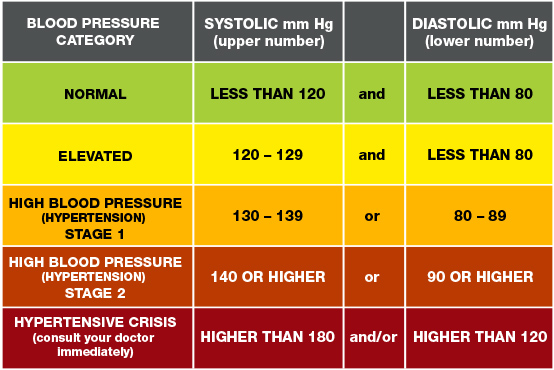



Understanding Blood Pressure Readings American Heart Association




Blood Pressure Control And Adverse Outcomes Of Covid 19 Infection In Patients With Concomitant Hypertension In Wuhan China Hypertension Research




Daytime And Nighttime Blood Pressure As Predictors Of Death And Cause Specific Cardiovascular Events In Hypertension Hypertension




The Causes Of Low Blood Pressure Zava
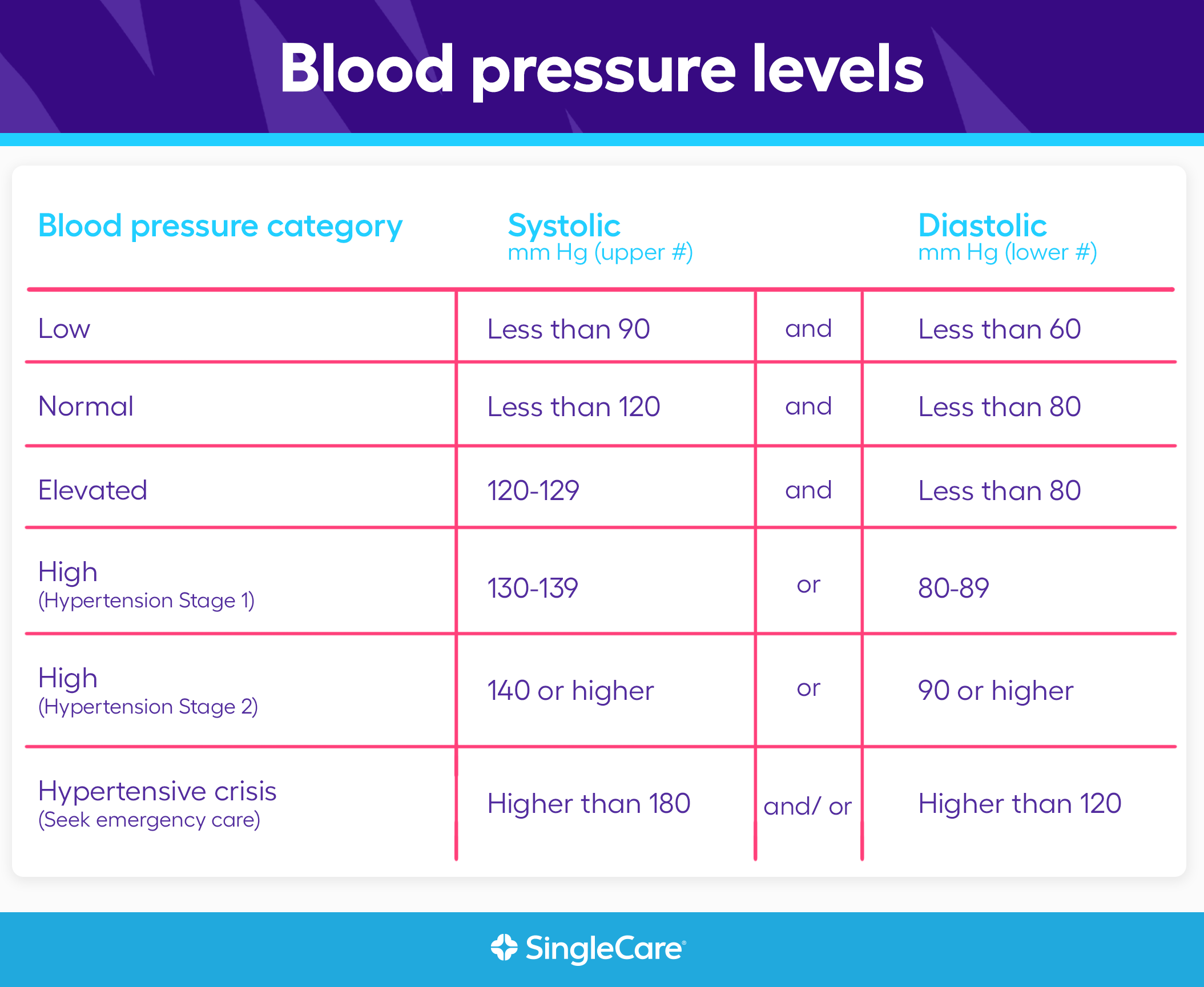



What Are Normal Blood Pressure Levels
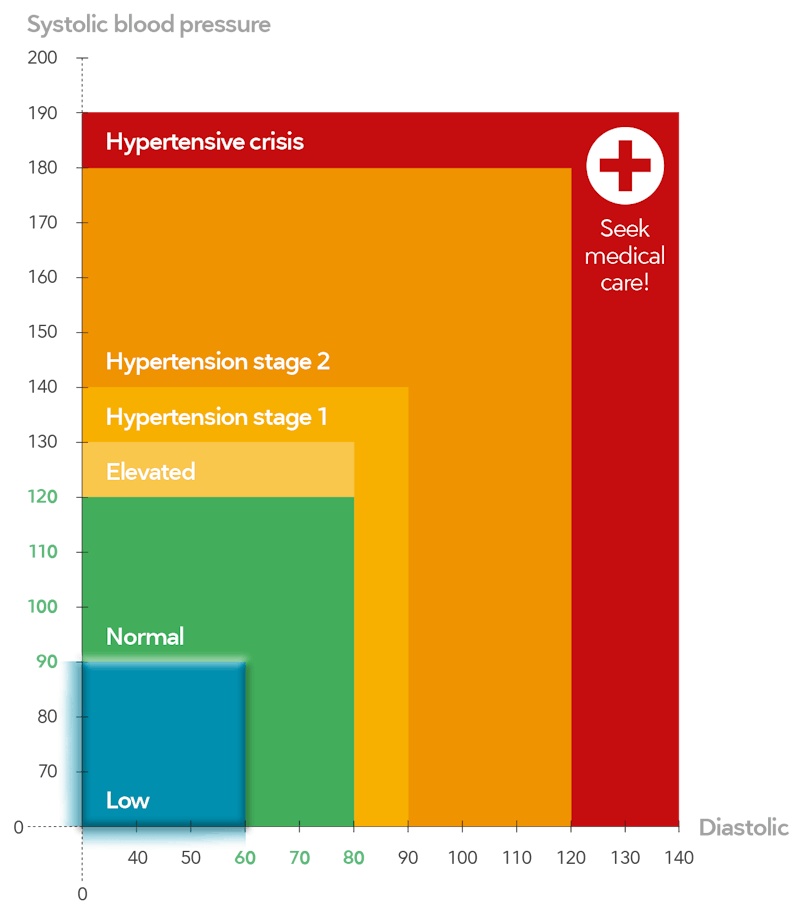



What You Need To Know About Low Blood Pressure Diet Doctor




3 Things To Know About The New Blood Pressure Guidelines The New York Times




Maintaining A Normal Blood Pressure In Seniors Elmcroft Com




Blood Pressure 90 70 Health Care Qsota



1




My Blood Pressure Is 90 Over 60 Is This Too Low Real Health




What Is A Normal Range Of Blood Pressure




Low Blood Pressure Hypotension Causes Symptoms And More



Blood Pressure Uk




Hypotension Wikipedia
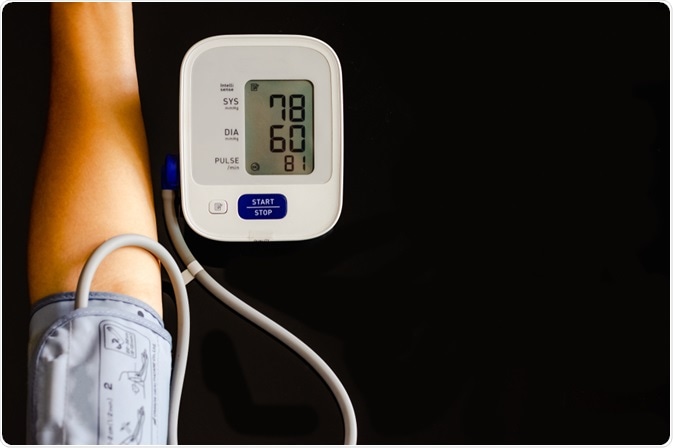



What Is Hypotension




Solved Question 37 Abe Goes To The Doctor And Is Told His Chegg Com




What Are Normal Blood Pressure Ranges By Age For Men And Women Chart Readings For Low Normal And High Bp




Is 1 Over 60 A Good Blood Pressure Reading
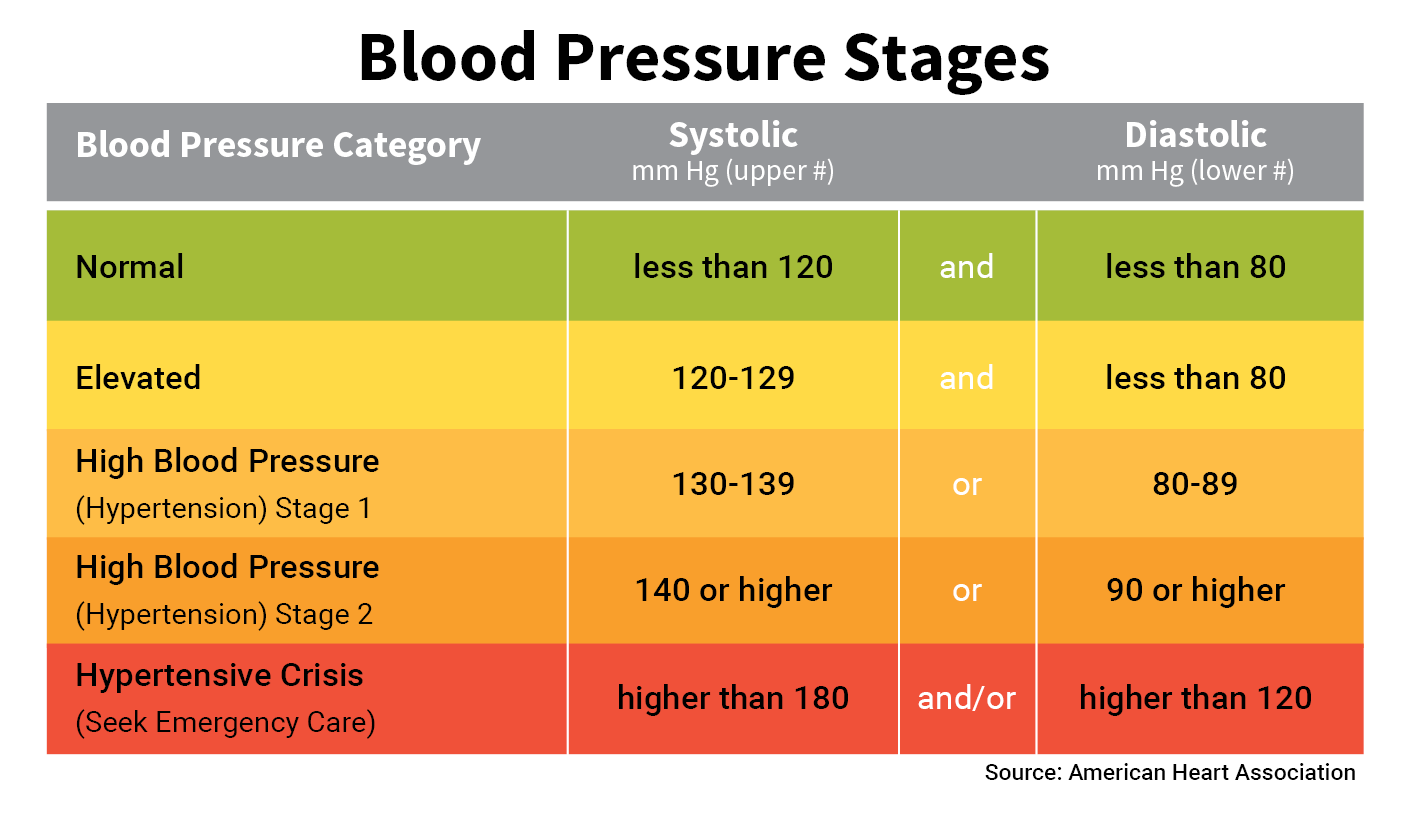



Blood Pressure Chart Numbers Normal Range Systolic Diastolic




When Is Low Blood Pressure Too Low Hypotension And More Everyday Health




What Are Normal Blood Pressure Ranges By Age For Men And Women Chart Readings For Low Normal And High Bp
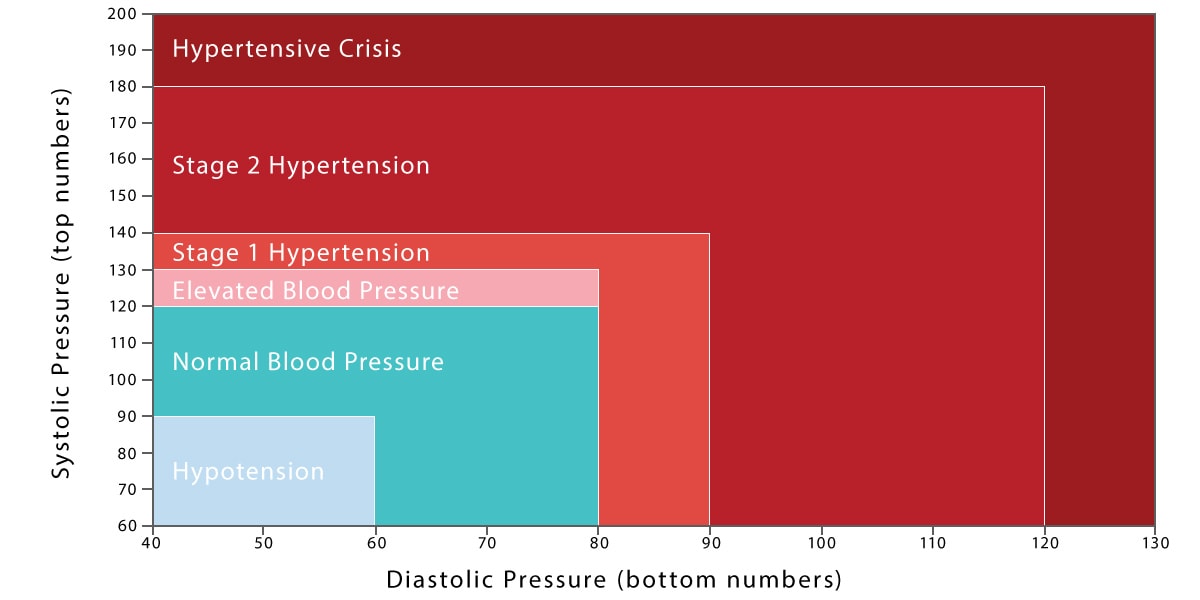



Understanding Blood Pressure Ultimate Bp By Age Chart Vive Health




Blood Pressure Readings Explained Chart And More




What You Need To Know About Low Blood Pressure Best Health




What Is Blood Pressure 4 Facts To Know




Low Blood Pressure Hypotension Symptoms Signs Causes




New Blood Pressure Guidelines Raise Controversy
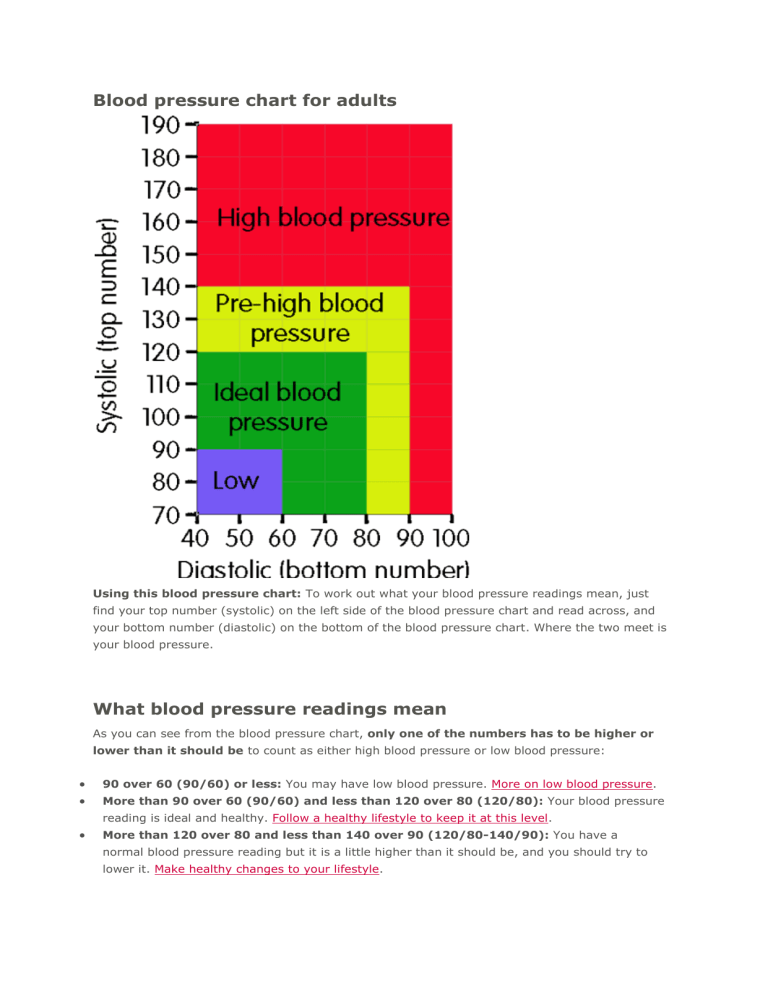



Blood Pressure Chart For Adults 1




Is Your Blood Pressure Normal Advice For Lowering Blood Pressure
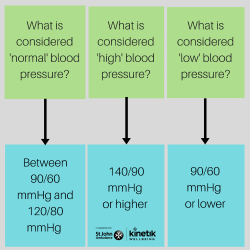



Blood Pressure A Quick Reference Guide Kinetik Wellbeing




Treatment Of High Blood Pressure When Medicines Don T Work Myheart



1




Is 108 60 Good Blood Pressure Quora




Blood Pressure Chart By Age Min Normal Max Age 7550 9060 1 To 12 Months 9565 8055 1 To 5 Years 9060 To 13 Years 181 14 To




Normal Blood Pressure According To Your Age
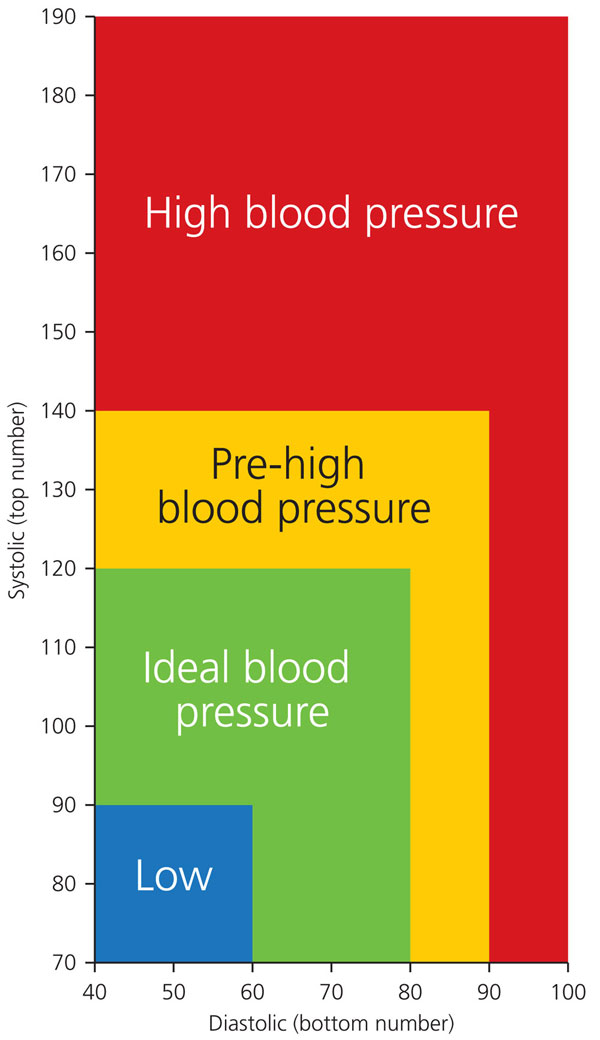



What Do My Numbers Mean Blood Pressure Readings Explained Viva The Vegan Charity




Low Diastolic Blood Pressure Causes Treatment When To Worry




Is 108 60 Good Blood Pressure Quora




Low Diastolic Blood Pressure Causes Treatment And More The Financial Express




Changes In Mean Arterial Blood Pressure Mabp Mabp Was Expressed In Download Scientific Diagram
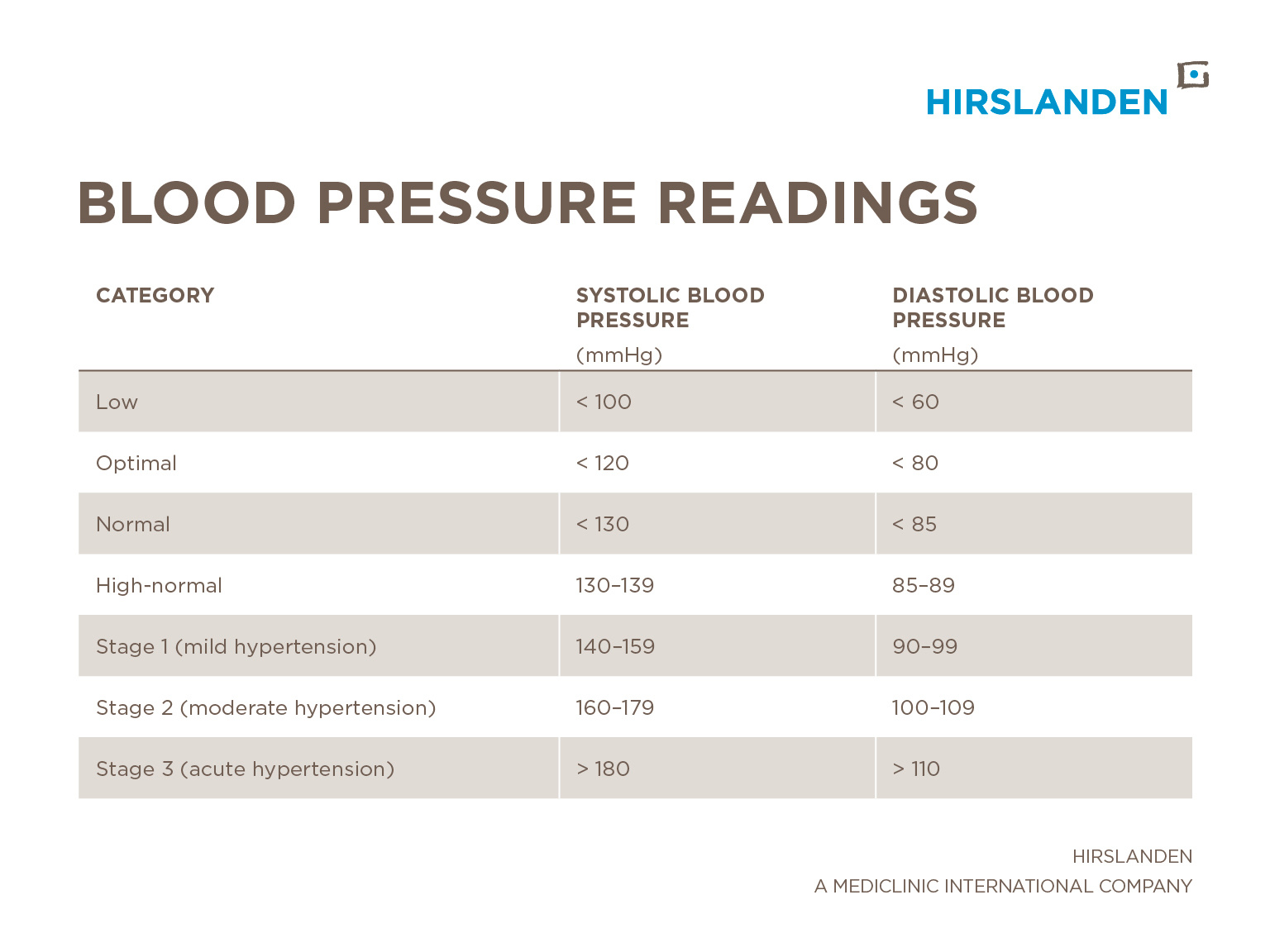



Blood Pressure And Blood Pressure Readings Explained Hirslanden



What Low Blood Pressure Means And When It S An Emergency




What Is Low Blood Pressure And Is It Harmful Carrington College




Blood Pressure Range Chart Vaughn S Summaries
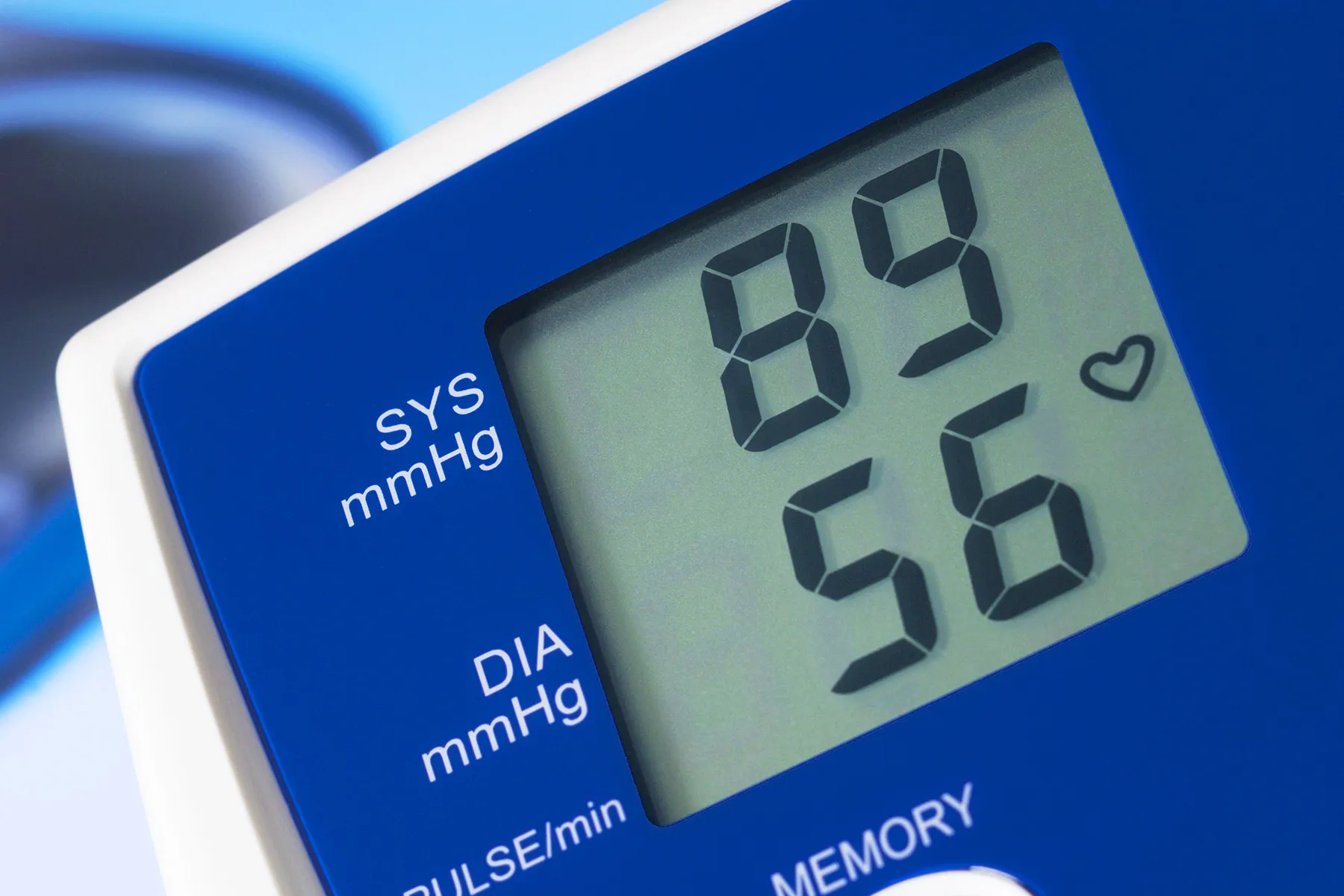



Visual Guide To Low Blood Pressure
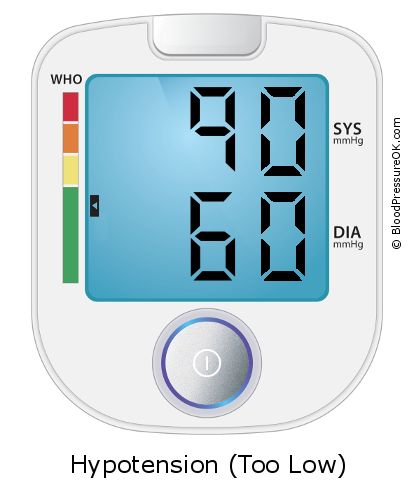



Blood Pressure 90 Over 60 What Do These Values Mean
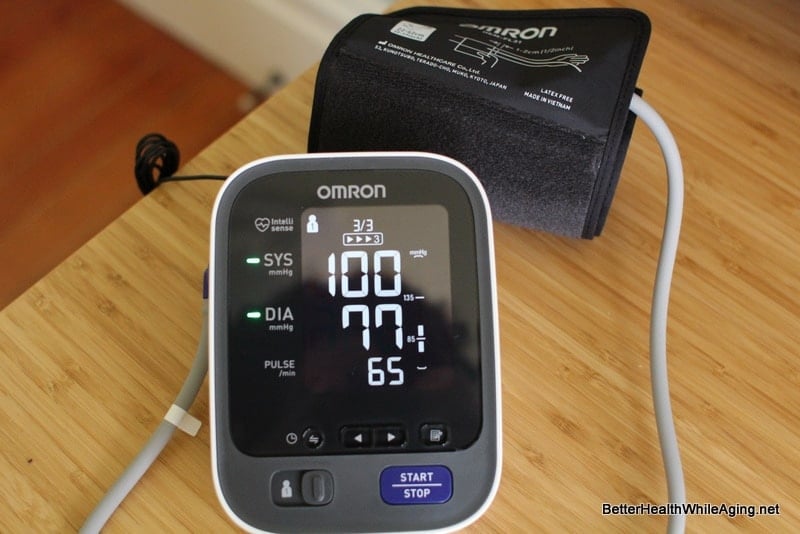



6 Steps To Better Hypertension Treatment In Aging Adults



Is 90 Over 60 A Good Blood Pressure As Is Dismal Blood Anxiety Likewise Low Hypotension Next New



Is A Blood Pressure Of 90 Over 60 Okay Or Too Low Quora




Blood Anxiety Guidelines Increased Towards Patients 60 And Over 132 Over 60 A Good Blood Pressure




Low Diastolic Blood Pressure Causes Treatment And More
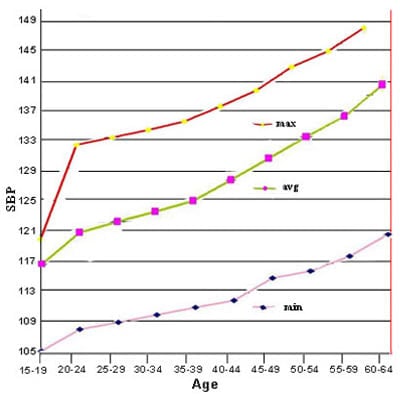



Blood Pressure Chart




Is A Diastolic Blood Pressure Of 64 Mmhg Too Low




Solved A Person Goes To The Doctor And Is Told His Blood Chegg Com




What Are Normal Blood Pressure Ranges By Age For Men And Women Chart Readings For Low Normal And High Bp




Blood Pressure Wikipedia




Blood Pressure Usually Considered Normal Is Associated With An Elevated Risk Of Cardiovascular Disease The American Journal Of Medicine
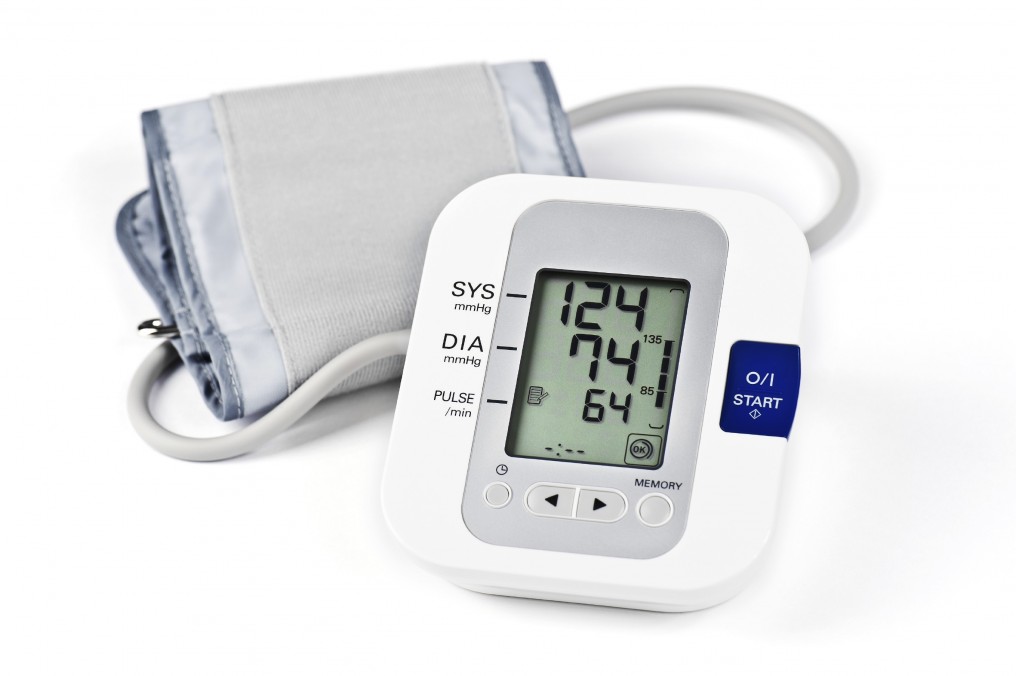



My Blood Pressure Is 90 Over 60 Is This Too Low Poz
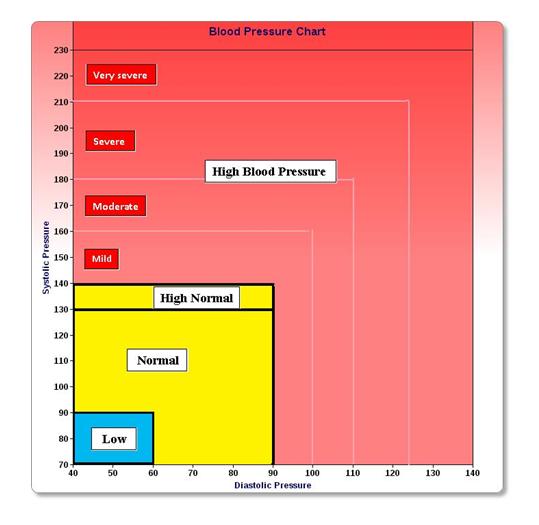



Blood Pressure Chart
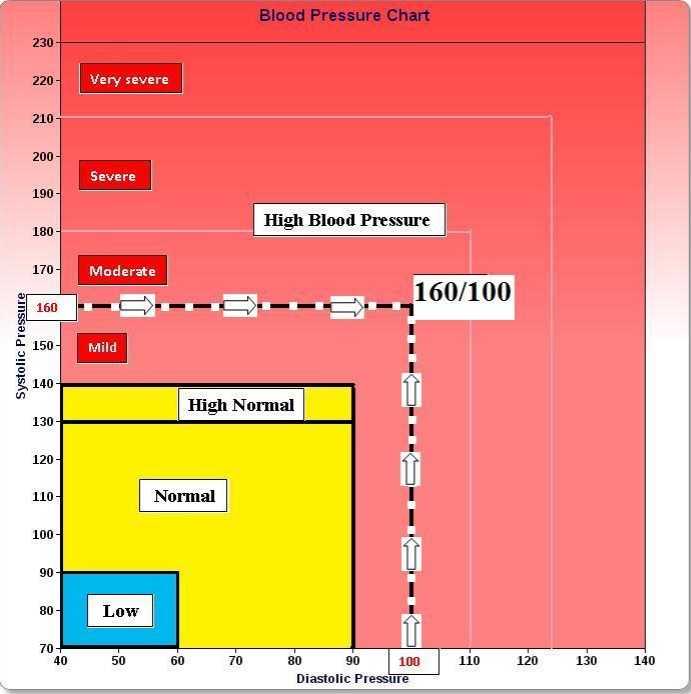



Blood Pressure Chart



High Blood Pressure
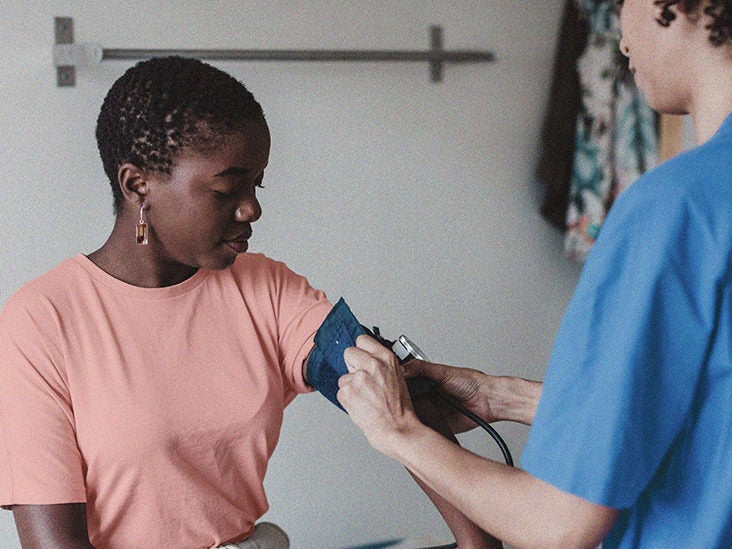



What Causes Low Blood Pressure And How To Increase It




Blood Pressure Numbers When To Get Help




Abe Goes To The Doctor And Is Told His Blood Pressure Chegg Com



コメント
コメントを投稿